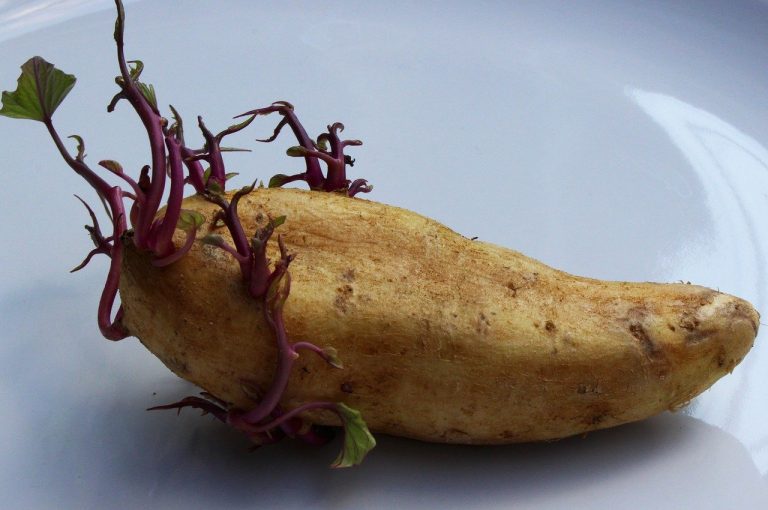Grow bags are an excellent container option for the frugal gardener. They’re extremely versatile and work for a variety of plants. Did you know that you can reuse them from year to year, too? Here’s how to reuse grow bags and save money down the line. What is a grow bag? A grow bag…
frugality
Free Funeral Home Plants
Before you discount the idea of free funeral plants, bear with me on this one. Getting free plants from a funeral home is possible. However, you may have to step out of your comfort zone for this trick. Even those of you who consider yourselves outgoing might feel a bit odd about using a…

